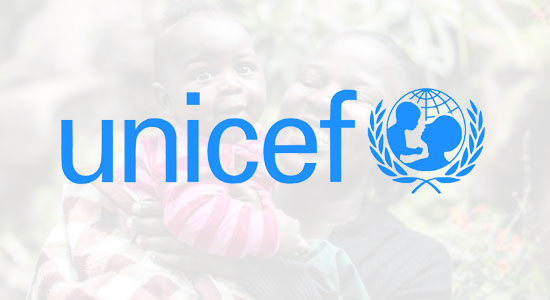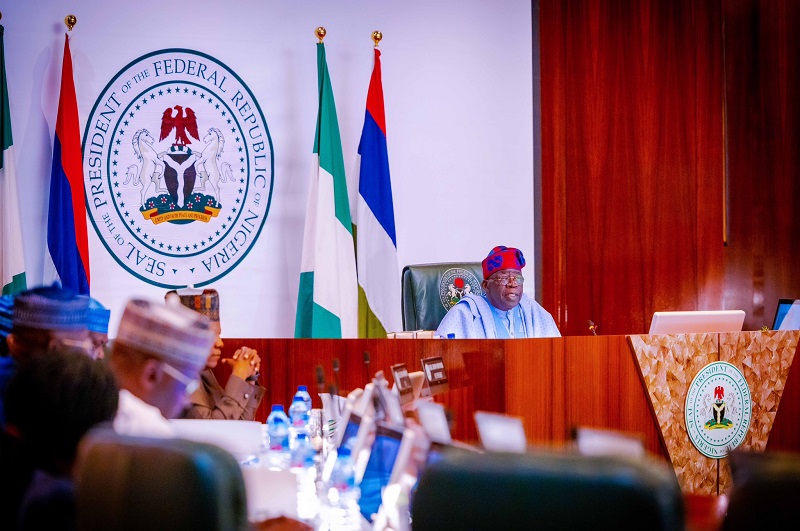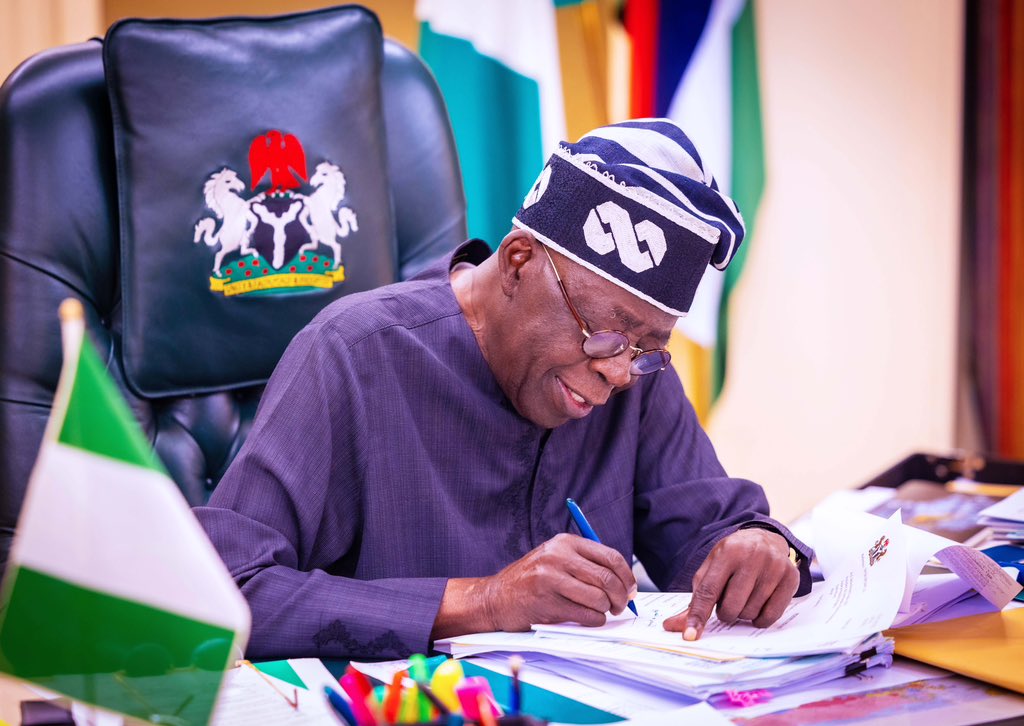Africa will need about 11 million doctors, nurses, and teachers by 2030 to carter for millions of children who will be the result of a population boom.
According to the United Nations Children’s Fund (UNICEF), a social and economic disaster that could propel millions to migrate is imminent if the professionals are not sought.
The UN agency based its assertion on the premise that the number of children in Africa will grow to 170 million to 750 million in the next 13 years.
To bridge the gap, 5.6 million health workers and 5.8 million teachers have to be trained by 2030.
Leila Pakkala, head of UNICEF operations in eastern and southern Africa said in a statement that the professionals will help cope with booming population.
“We are at the most critical juncture for Africa’s children.
“Get it right, and we could … lift hundreds of millions out of extreme poverty, and contribute to enhanced prosperity, stability, and peace,” said Pakkala.
The U.N.’s children agency attributed the boom in births to high fertility rates, a rising number of women of reproductive age and lower child mortality.
By the end of the century, one in two children worldwide will live in Africa, it said in a study.
If they reach working age both schooled and healthy, they could spur economic growth – but for that to happen, Pakkala said investment in education and health were badly needed.
More schools must be built, it said. And teachers, doctors, midwives and health workers must be trained and encouraged to stay in their community rather than move to cities or abroad.
The road is uphill.
More than one in five Africans aged 6 to 11 are not in school. Girls, in particular, are more likely never to see a classroom, waylayed by child marriage and teenage pregnancy.
Six in ten Africans lack access to basic sanitation and on average there are only 1.7 medical professionals per 1,000 inhabitants – well below the minimum international standard of 4.45 set by the World Health Organization.
To bridge the gap, 5.6 million health workers and 5.8 million teachers have to be trained by 2030.

















)